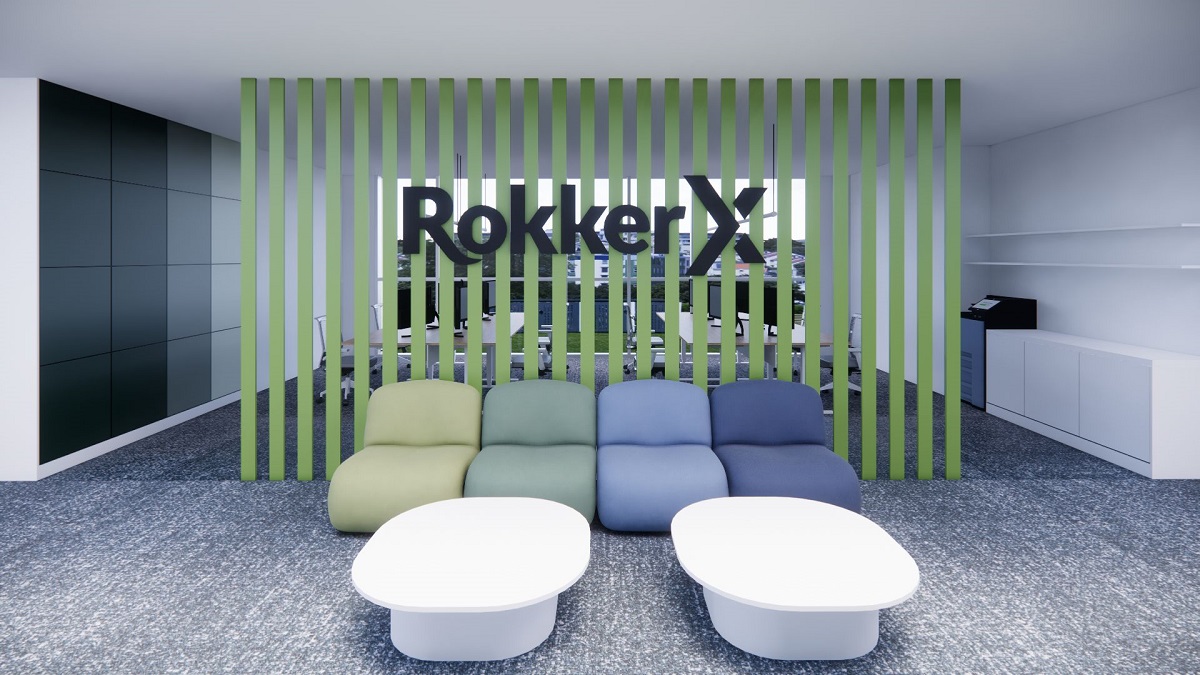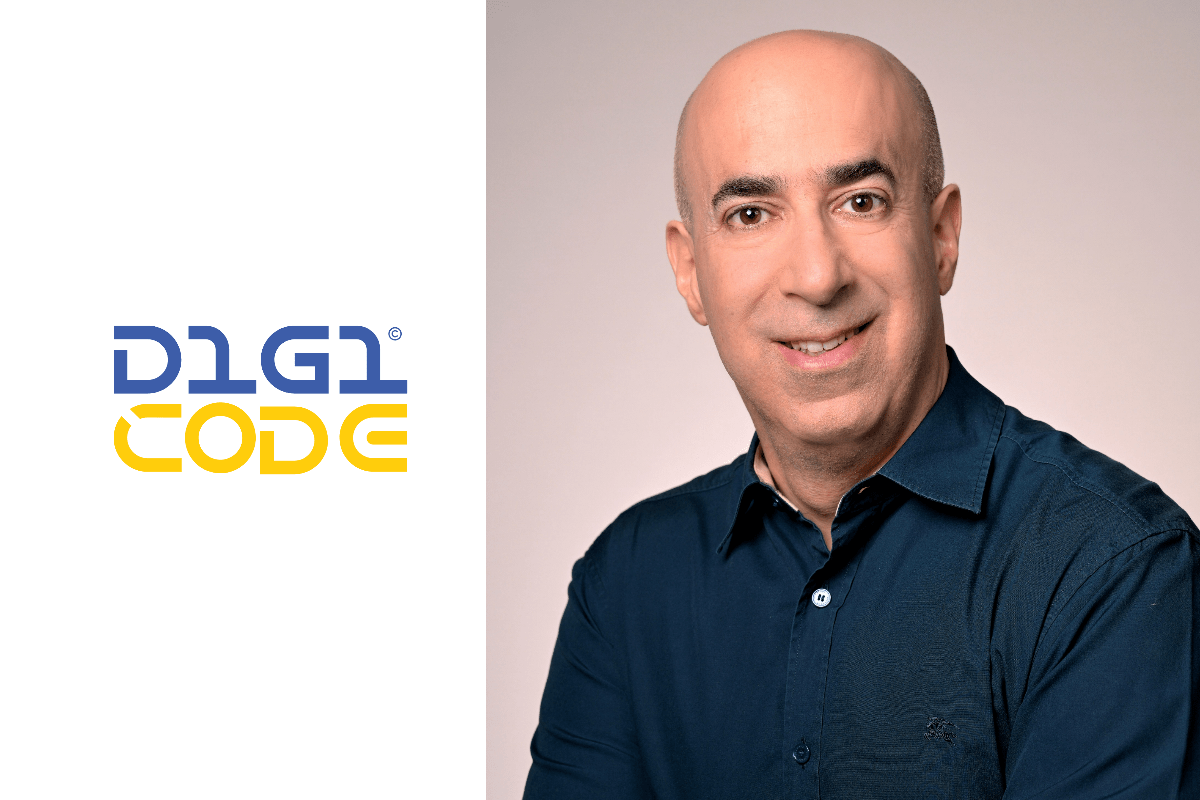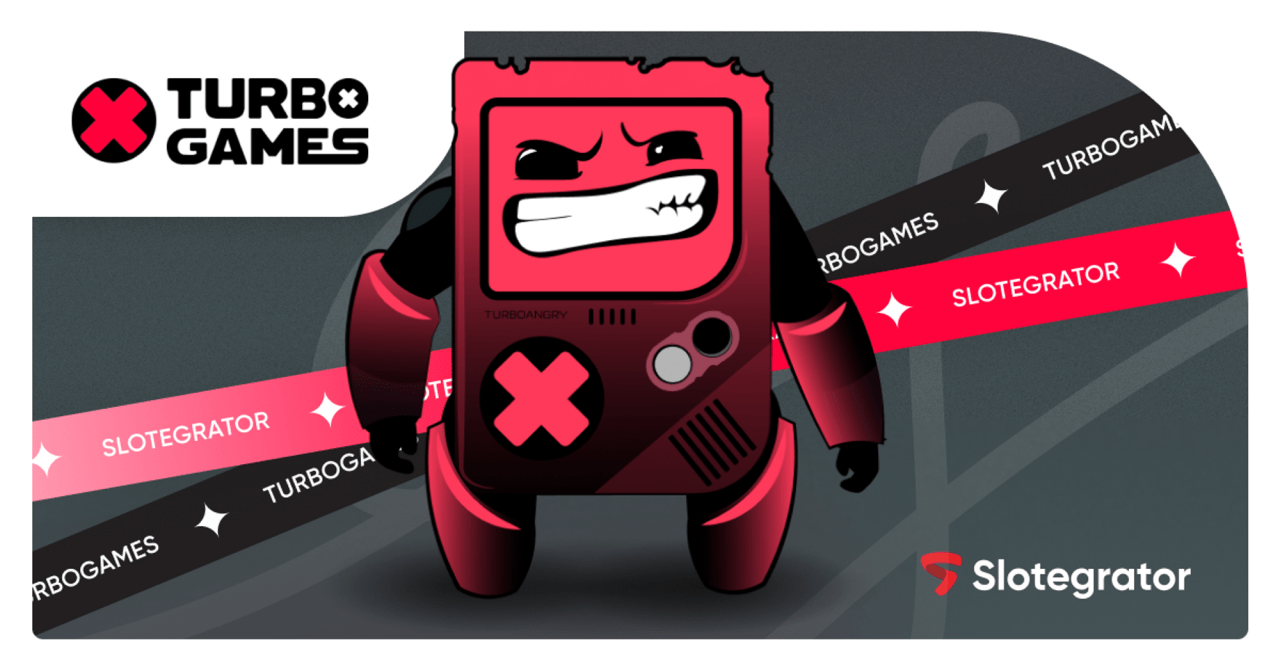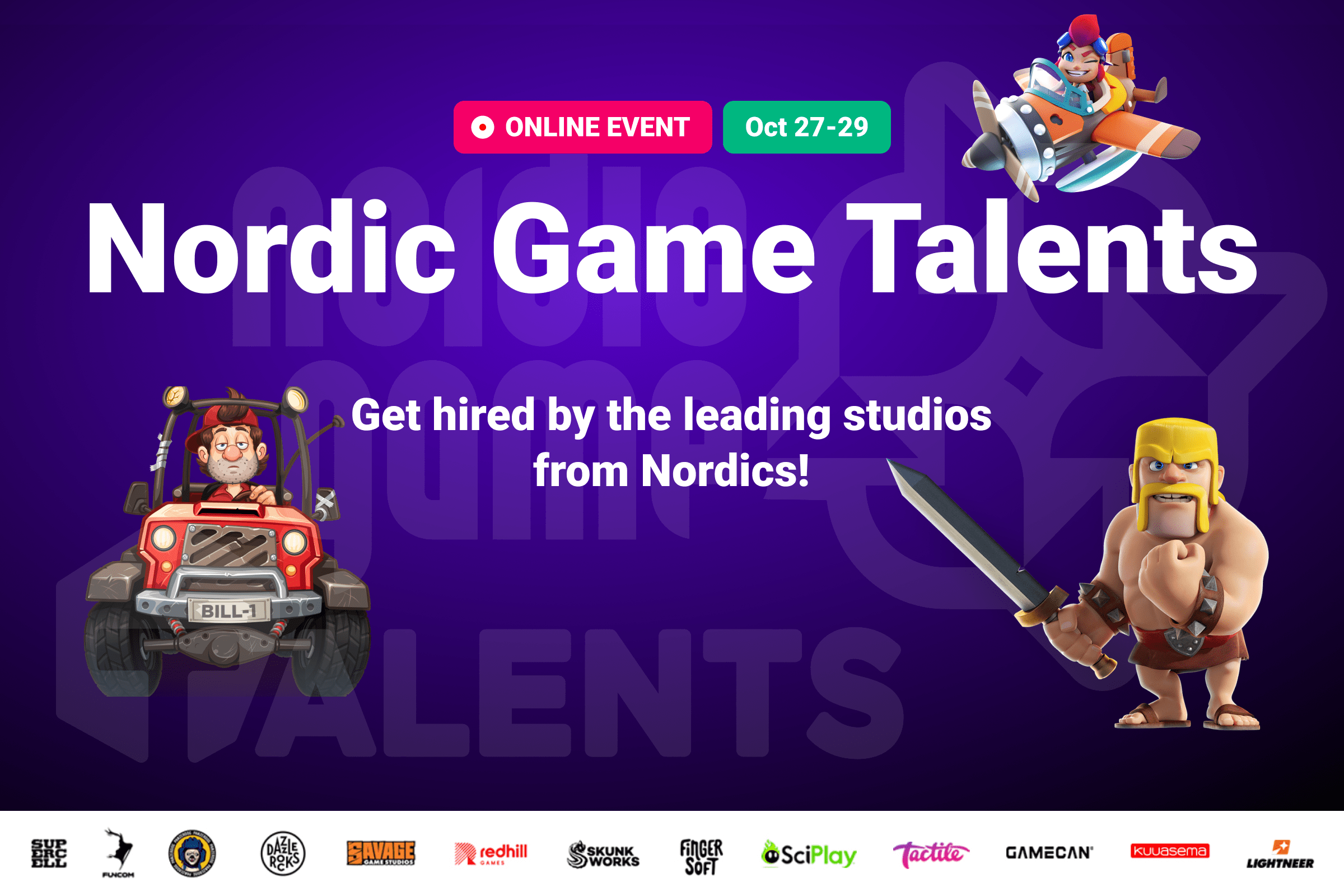News
How B2B Buyers Search for Tech Solutions
 Reading Time: 7 minutes
Reading Time: 7 minutes
Information in today’s digital milieu has always been a double edged sword for sales and marketing. It works for you if you can control it. Information comes from your sales team, your website and your press releases. Outside that – it’s a free-for-all.
As we all know, the latter is the reality. What we often have to deal with is a highly-evolved B2B buyer, someone who’ve searched across several online platforms. And, according to The Digital Evolution in B2B Marketing, a 2014 research conducted by the Marketing Leadership Council of CEB (now known as Gartner) in partnership with Google, this person will not face a sales rep until 57 percent of their buyer’s journey is done.
So, it pays to ask: How do B2B buyers search for tech solutions and how can you ensure you’re there, at every stage of their buyer’s journey?
B2B Buyer Behavior
There have been several studies on today’s buyer behavior, and one stand-out commonality is that B2B buyers go online first before reaching out to a sales team (if ever they do).
A 2014 research by the Acquity Group, a digital marketing company under Accenture, pegs the number of B2B buyers who do online research at 94 percent. This is further broken down to the top go-to sites. Business websites lead at 84.3 percent; this is followed closely by 77 percent who turn to Google search. Other notable online resources include third party websites (34%), such as blogs and industry websites, and online user reviews (41%).
Analytics Advocate at Google Adam Singer confirms this at a ClickZ Live conference in San Francisco and adds that a person, on average, checks out 10.4 online resources before reaching out to a sales rep.
The Digital Age Buyer’s Journey
The fact that a buyer faces a sales rep only at 57 percent into the journey is perhaps not the most disconcerting finding to come out of these recent B2B buyer studies. It also raises a red flag that a lot of people are looking for a self-service buying experience. 31 percent say they prefer an unassisted online purchase, with phone support only as a just-in-case. Another 10 percent say they want zero assistance; while 12.5 percent say they want to be walked through the purchasing process.
You can’t help but wonder where in the digital age buyer’s journey would the sales team figure in?
According to the CEB study, you only get a 12 percent mindshare (public awareness) for each typical buyer who goes through the buyer’s journey. This share spans across a variety of channels.
The Salesforce’s Pardot survey, 2013 State of Demand Generation Report, claims that 71.7 percent of buyers start with a Google search. This is followed by personal networks at 15.6 percent and social networks at 2 percent.
This brings us to a familiar B2B scenario, typical in today’s buyer’s journey: Say that your company is looking for a CTI solution that integrates your phone systems to your CRM. You get on the project and do an online research. This leads you to a variety of business websites, such as Salesforce and Tenfold. You also look into industry forums to see what your peers have to say about the many vendors in the CTI market. You read blogs, reviews and how-to’s to see if the system suits your requirements and has the flexibility that you need. Through your research, you come up with the top 3 vendors, which you then invite to present and bid.
This might sound like a good deal because a sales-ready buyer comes to you. But, consider too that in no part of their buyer’s journey are you able to influence and educate.
Instead, you function only as an order taker. Your buyer already has a preconceived idea of what you offer. It can be hard to sway them otherwise – unless you can overcome the three main hurdles in B2B marketing and sales: ineffective digital integration, unfocused content and an unoptimized mix of online channels.
Know the Modern B2B Buyer
But first, let’s get to know who the modern B2B buyer is.
The Millennial Influence
Forget what you believe in when it comes to the B2B buyer. He or she isn’t middle-aged and working a managerial or executive position. In fact, the B2B buyer is getting younger!
The Pew Research Center has found that millennials are the biggest generation cluster in the American workforce today. There is more than one millennial in every three employees in the job market. And, they are working closer and closer towards positions of influence, when it comes to B2B purchases.
According to a 2014 survey conducted by Google and research company Millward Brown Digital, millenials make up 46 percent of prospective B2B buyers. This data is up from 2012’s 27 percent, which signifies the growing influence of this generation.
Director of Business and Industrial Markets for Google, Mike Miller, says that this represents a “big shift in a two-year time span.” He believes that this is partly due to the retirement of baby boomers. A new powerhouse generation is emerging in the lead.
This requires rehashing old B2B marketing strategies that usually target senior-level executives. While millennials may still not hold positions of power, their influence is clear. They make up 24 percent of non-executives tasked to help in B2B purchasing decisions. This is a generation who grew up at a time when mobile phones and the internet were readily available. You can be sure they will use these access and mobility tools in B2B research and recommendations.
The Multiple-Channel B2B Buyer
The multiple-channel buyer is always connected and researching online through mobile phones, tablets and desktops. They have mobility and access. They read your websites, reviews and blogs; and might have even downloaded one of your demos. They attend conferences and seminars – sometimes online – to learn about industry breakthroughs and innovations. They can cover multiple channels partly because they’ve fully integrated mobility and the internet into their lives.
According to the Google/ Millward Brown Digital study, by 2014, 34 percent of those involved in B2B purchasing decisions use their mobile devices at each stage of their buyer’s journey. This is almost twice the devoted mobile users/ B2B buyers of 2012. Mobile phone usage extends to work places and social gatherings; and includes requests for bids, product comparisons, video viewing and contacting the vendor.
The increase in video viewing is another metric attributed to the multiple-channel buyer. According to YouTube, more than 895,000 hours of videos viewed are those by top B2B brands. In fact, 70 percent of those surveyed by Google say they use videos to learn more about products before making a purchase.
Information Overload
The availability of seemingly limitless information empowers the new B2B buyer. And because they access content at each step of their buyer’s journey, you too must be on this content train.
According to the Content Marketing Institute and MarketingProfs’s 2016 Benchmarks, Budgets and Trends – North America, 88 percent of marketers implement content marketing strategies. 76 percent of these say that they will include content marketing allocation by 2015. On average, 28 percent of the marketing budget go to content marketing. However, those who are most effective at it spend around 42 percent.
So, remember that the modern B2B buyer is swimming in a sea information. Your share shouldn’t just be a forgettable drop.
Influencing the Digital Age Buyer’s Journey
Perhaps there are several strategies you can study and implement in order to influence the new B2B buyer. However, at the core of it will always be the actions you take in dealing with modern B2B marketing and sales’ main hurdles: digital integration, content and channel mix.
Comprehensive Digital Integration
Your effective presence online should cease being treated like an annoying fly buzzing and tweeting about. Traditional marketing campaigns have been rendered obsolete by B2B buyers who are empowered with information. Their product learning can’t coincide with your campaign plans because they go about it on their own, online.
Here are a few steps to take to start a comprehensive digital integration program, according to the Marketing Leadership Council of CEB:
1.Document existing campaign architectures. Make sure to take note of effective strategies and their output.
2.Review marketing practices to see what works and what doesn’t. A dialogue with the sales and marketing team is necessary to get to the real score regarding these practices.
3. Observe and analyze external practices that have worked to get you closer to your goals.
4. Select, codify and implement best practices.
5. Recreate the campaign architecture and refine practices that don’t work as expected.
6. Repeat the process until you reach your ideal.
7. Put together an implementation guideline, as well as an accessible resource center for the guidelines, necessary tools and other information regarding your digital integration.
Purposeful and Focused Content
Many B2B marketers have taken on content marketing like it was the latest must-have trend. This has resulted in content that’s highly unorganized and lacks a consistent and purposeful message. You then get a whole slew of problems, such as prospective buyers swimming in a sea of useless information. This type of information does not really teach them well; and, it does not engage them enough to take the next step in their buyer’s journey with you.
There are several realities that might have factored into this situation. For instance, your web team may have been focused on ranking your website in search results, without being consistent and driving your true message. You might have outsourced your social media management, without providing guidelines on your corporate messaging.
It is important to rectify this, as soon as possible, because your customer engagement is centered on your content. It comes in at all stages of the buyer’s journey. It is at the core of your lead nurturing programs, and online and social media engagements. And, it is everyone’s responsibility – not just your copywriter’s.
This is where the so-called “coverage orientation” comes in. B2B marketers pinpoint topics that interest your target audience, and ensure that you consistently offer fresh content for each topic, through content development and curation. This can be a fruitful content marketing strategy, as long as you have a good understanding of your customers.
Make sure that you cover all your customers’ information requirements. This way, even as they learn about your product on their own, the information that they get still aligns with what you truly offer.
Smart, Targeted Channel Mix
Given several online channels, where should you invest in? Which channels will bring the most qualified leads? Should you invest in creating YouTube videos or simply blogging? Does your target audience need whitepapers or an online archive of manuals, issue reports and resolutions?
There are many ways to develop a targeted channel mix. However, the first step is to recognize your traditionally fragmented approach. The marketing team might be taking care of blogs and other creative text content. Your tech team might have been tasked with putting together your FAQs, whitepapers and other support pages. You might have outsourced your video production to an ad company, and your social media management to an SMM company.
However you’re doing it right now, it is important to account for your efforts, and assess your channel effectiveness. The metrics to use here are often readily available with the team tasked with each channel assignment.
Then, invest more in an expert analytics professional, someone who can accurately assess your channel efforts and audience response. Use your findings to put together a model channel mix, one that suits your target market and gets your messaging right.
Source: tenfold.com
Source: European Gaming Media and Events
Latest News
The Untapped Potential of Localised Support January 2024

Objective: Examine how customer experience shapes player retention and brand loyalty in iGaming, placing emphasis on the role of localised, high-quality support.
Outline:
- Introduction: The growing focus on customer experience as a differentiator in iGaming.
- The Value of Localised Support: Exploring how cultural nuances and language fluency enhance player satisfaction.
- Flexibility in Resource Allocation: Meeting fluctuating demand without compromising quality.
- Future Trends: How advancements in technology and localization will shape the next era of player engagement.
Questions for Exploration:
- How does high-quality, localised support impact player satisfaction and retention?
- What role does cultural understanding play in shaping effective customer interactions?
- How can operators balance flexibility with consistency in customer support?
- What emerging trends in customer experience should iGaming businesses prepare for?
Answer:
In the rapidly evolving iGaming industry, players have more choice than ever before—whether it’s brands, slots, game types, payment options, the list goes on. With so much competition, customer experience is quickly becoming a significant differentiator for operators. The ability to deliver a seamless, player-centric experience across multiple jurisdictions is not just a competitive advantage but a necessity in retaining players in this growingly saturated market.
Customer experience today goes far beyond just problem-solving for players. It encompasses proactive, personalised engagement, meaningful recommendations, and a culturally resonant approach. The operators that succeed in this space are those who maintain high standards across these elements, delivering them in a timely and localised manner. Localisation, in particular, is a key factor in turning good customer service into exceptional customer experiences.
So, why is localisation so important? At its core, successful customer support is built on trust. But building trust across diverse jurisdictions is not something that can be achieved through a single, uniform strategy. Methods of communication are a prime example. In Brazil, where the newly regulated market is flourishing, players may expect warm and conversational interactions. In contrast, many European players often favour more concise and formal communication. Recognising and adapting to these cultural nuances allows operators to foster a stronger connection with their entire player base.
Beyond communication style, localisation also plays a critical role in regulatory compliance. The iGaming industry is highly fragmented in terms of regulations, and players are increasingly aware of their rights. A customer service team that understands local legislation implicitly adds immense value, ensuring compliance while delivering tailored support. This not only reinforces trust but also strengthens the player’s respect for the brand.
At the same time, operators face the challenge of balancing high-quality customer support with the flexibility needed to respond to fluctuating demand. This is where RokkerX delivers measurable value. By offering scalable resource allocation and rigorous cross-functional training, we ensure our teams can adapt to surges in demand; whether it’s a major sporting event in a specific jurisdiction or global-scale activity, without compromising on quality. Our teams remain aligned with the core values of our clients’ brands, ensuring a customer-centric approach at all times.
Looking ahead, the iGaming industry is poised for further transformation, driven by advancements in technology and localisation. At RokkerX, we are committed to staying at the forefront of these changes to help our clients deliver exceptional experiences. Trends like the growing prominence of omnichannel communication, including social media and in-app messaging, and advancements in natural language processing (NLP) will enable operators to communicate with even greater precision and cultural nuance. Yet, the future will demand more than just technology. The ability to strike the right balance between tech-driven solutions and the human touch will be essential in creating meaningful connections with players.
As the industry evolves, the blend of cutting-edge technology, cultural understanding, and human expertise will define the next era of player engagement. By staying ahead of these trends, RokkerX ensures our clients are not only prepared for the future but thrive in it.
The post The Untapped Potential of Localised Support January 2024 appeared first on European Gaming Industry News.
Latest News
Innovations Redefining iGaming: What Operators Need to Know

The iGaming industry is advancing at breakneck speed, driven by technological innovation and evolving player expectations. Itai Zak, Executive Director of iGaming at Digicode, emphasizes the importance of bridging client aspirations with customized business solutions. Key trends shaping the future of iGaming include live dealer games, blockchain integration, artificial intelligence (AI) and machine learning (ML), enhanced personalization, and shifting regulatory environments. Let’s delve into how these trends influence the industry, presenting new opportunities while paving the way for future growth.
A Closer Look at Emerging Trends
- Live Dealer Games
Live dealer games are revolutionizing the online gaming experience, blending the best aspects of land-based casinos with the convenience of virtual gaming. Players can now engage with real-life dealers via high-definition video streams, enhancing the social component of online gambling. This bridge between physical and virtual casinos introduces interactive features like live chat and immersive gameplay. Industry leaders like Evolution Gaming and NetEnt are setting new standards in player engagement with innovative game formats and top-tier studio setups, redefining the realism and appeal of live gaming.
- Blockchain and Cryptocurrency Integration
Blockchain technology is transforming iGaming by offering unparalleled transparency and security. With blockchain’s ability to enable provably fair gaming, players can verify that each round is fair via an immutable ledger. Cryptocurrencies like Bitcoin and Ethereum facilitate faster, more secure transactions, catering to tech-savvy players who value privacy. Platforms like Bitcasino.io are leading the way, leveraging blockchain to ensure fairness and seamless payments. However, the rise of blockchain also attracts regulatory attention, requiring operators to balance innovation with compliance as governments navigate this new technology.
- Artificial Intelligence and Machine Learning
AI and ML are instrumental in enhancing player experience and operational efficiency. AI algorithms analyze player behavior in real-time, offering personalized game recommendations and promotions. Additionally, AI-powered chatbots provide instant customer support, improving user satisfaction. AI-driven predictive analytics also help operators fine-tune marketing strategies based on player preferences. Companies like Bet365 are already using these technologies to stay ahead of the competition, offering more personalized and efficient gaming experiences.
- Richer Personalization and Engagement
Personalization has become crucial for iGaming operators looking to boost player satisfaction and retention. By leveraging data analytics, companies can offer tailored game recommendations, dynamic bonuses, and individualized promotional offers. This level of engagement enhances the player experience and strengthens loyalty. Industry pioneers like DraftKings and FanDuel push the envelope by offering highly customized features, such as personalized fantasy sports leagues and bespoke betting options.
- Regulatory Changes and Market Expansion
The constantly evolving regulatory landscape offers both challenges and opportunities for iGaming operators. As more regions legalize various forms of online gambling, companies gain access to new markets. With their large populations and increasing internet penetration, emerging markets like Brazil and Nigeria represent lucrative opportunities. However, navigating the diverse regulations in these markets requires agility and strict compliance with local laws to succeed.
- Enhanced Payment Solutions
With digital transactions becoming the norm, the demand for fast, secure, and flexible payment methods is skyrocketing. From digital wallets to instant banking and cryptocurrencies, players expect payment solutions that offer convenience and security. This growing demand is driving innovation in payment processing, giving operators more opportunities to streamline the transaction process while building trust with users.
Future Implications
The Expanding Role of AI and Blockchain
AI and blockchain are not just current trends, but they are poised to play an even more significant role in iGaming’s future. As AI technology evolves, more sophisticated algorithms will emerge, enabling real-time adaptation to player behavior and preferences. Blockchain’s application may extend beyond transparency and security, transforming game mechanics and player interactions potentially redefining how games are designed and played.
Shifting Player Preferences
Player expectations will continue to evolve toward immersive, interactive experiences. As Virtual Reality (VR) and Augmented Reality (AR) become more mainstream, they will significantly influence the future of iGaming. Players will demand more engaging, lifelike environments, pushing the industry to create innovative game formats and features that offer deeper immersion and entertainment value.
Regulatory Developments
The regulatory environment will continue to evolve, and iGaming operators must stay agile to navigate future changes. New regulations may increasingly emphasize responsible gaming and player protection, influencing platform design and operational practices. A more harmonized regulatory framework across jurisdictions could provide stability while requiring operators to prioritize compliance.
Integrating Emerging Technologies
Technologies like 5G and edge computing are set to revolutionize iGaming by enabling faster, more reliable connectivity. This will allow for more complex game designs and real-time player interactions, opening new avenues for innovative gaming experiences. As these technologies mature, operators will have greater opportunities to differentiate their offerings. The potential of these emerging technologies to revolutionize iGaming is truly exciting and promising for the industry’s future.
Final Thoughts
The iGaming industry is on the cusp of significant transformations, driven by technological advancements and shifting player demands. Innovations like live dealer games, blockchain integration, AI, ML, and enhanced personalization are just the beginning. As the industry evolves, staying ahead of these trends will be critical for operators looking to thrive in an increasingly dynamic environment.
At Digicode, we are constantly exploring new technologies and refining our solutions to meet the evolving needs of our clients. Our focus on adaptability and foresight ensures that our clients are not just keeping pace with the industry—they’re leading it.
The post Innovations Redefining iGaming: What Operators Need to Know appeared first on European Gaming Industry News.
Latest News
What makes Turbo Games’ provably fair games so special?

A partnership between game developer Turbo Games and iGaming solution provider and aggregator Slotegrator began in November 2022 via the APIgrator game integration solution. Since then, the collaboration has been developing successfully — and now it’s time to analyze what made it successful.
Turbo Games has noticed how the new technologies spreading throughout the industry can work for the good of brand transparency and player loyalty: “We can already see how blockchain technology has made it possible to make betting checks more accessible to players. All you need is a blockchain-hash and a decoder service. We think we will continue to move in this direction. Many traditional online casinos do not offer the possibility to check the bet. Sooner or later we all have to come to this. Perhaps the development of artificial intelligence will help here, because we are already seeing its involvement in all spheres of human life.”
Turbo Games specializes in provably fair games. Provable fairness is a concept where players can verify their wins or losses using blockchain technology — the outcome of the game is dictated by a smart contract and is absolutely random, barring the possibility of any human involvement. Using cryptographic hashing algorithms, the gambling site and the player’s device both generate seeds (random strings of numbers). Players receive a key that allows them to check the results; if the results are the same as the game round they witnessed, it proves that there was no foul play.
According to statistics from Turbo Games, the audience for provably fair games is mostly between 18 and 25 years old. However, there are also players aged 35-40 who prefer traditional games but would like to try something new, and have turned their attention to provably fair games.
There are good odds that the technology of provably fair games will become more popular, if not even commonplace, because it gives players a feeling of transparency and proves that the business is trustworthy without the need to search through dozens of reviews. Whereas many innovations in iGaming simply add entertainment, provable fairness addresses security concerns and reassures players that they’re not being exploited, which is invaluable.
Provably fair games are beneficial for both players and online casinos. Vadim Potapenko, Head of Sales at Turbo Games, comments: “It often happens that the users are not satisfied with the result, because gambling is not only about big wins, but also possible losses. By allowing them to check the fairness of a bet, we make life easier for platforms and players. Of course, this allows us to communicate with partners and users that we work honestly and that’s why they should trust our games.”
Ayvar Gabidullin, Business Development Manager at Slotegrator, adds that “this type of game is now becoming more and more popular and has great potential for both players and game providers in the future. On the part of the player, the advantage is that the player can always be sure that his game is fair and he can independently check any of his bets. And for the game provider, this also simplifies the process of implementing casino games, since now it will not be necessary to obtain the appropriate certificates from independent laboratories before launching new games, they can immediately enter the market with these games and where anyone can check the result and make sure that that there is no cheating with players. Many game providers are starting to look towards this type of game. And as far as I see, many operators are starting to think about adding these games.”
What do players in 2023 need? The iGaming industry is all about reputation and trust. Players have a huge number of platforms to choose from, making them pickier and pickier. There’s an abundance of forums where players leave reviews, so if players view a brand as untrustworthy, there are plenty of places they can share their opinion. Provable fairness not only stops that from happening, it provides evidence to the contrary, giving players something else to talk about.
Slotegrator also recommends investing time and effort into localization and creating an effective and detailed marketing strategy — before trying provably fair technology players need to get to the platform, and there is no acquisition without marketing.
ABOUT SLOTEGRATOR
Since 2012, Slotegrator has been one of the iGaming industry’s leading software and business solution providers for online casino and sportsbook operators.
The company’s main focus is software development and support for online casino platforms, as well as the integration of game content and payment systems.
The company works with licensed game developers and offers a vast portfolio of casino content: slots, live casino games, poker, virtual sports, table games, lotteries, casual games, and data feeds for betting.
Slotegrator also provides consulting services in gambling license acquisition and business incorporation.
More information: https://slotegrator.pro/
ABOUT TURBO GAMES
Turbo Games — a provably fair games provider that belongs to Turbo Stars company — has an ambitious goal to establish widespread recognition throughout the iGaming world. Even though it is young, the company consists of professionals who have been working on the brand for over five years and are even planning to introduce a new brand for a wider audience soon.
Turbo Games also works in Europe, India, and South Africa, where the company sees the most potential and expects the same “hype” as in Brazil.
The portfolio of Turbo Games consists of 21 titles, including well-known games like Mines, Crash X, DoubleRoll, Hi-Lo, and Plinko. The studio releases a game every month. However, not all games are developed from scratch. Wicket Blast and Spin Strike, the last two releases, are based on cricket and the Indian Premier League. Crash X remains the most popular fast game in the Turbo Games portfolio, and the studio reports that crash games enjoy stable levels of popularity. Overall, the main focus of the brand is provably fair games.
More information: https://turbogames.io/
-

 gaming3 years ago
gaming3 years agoODIN by 4Players: Immersive, state-of-the-art in-game audio launches into the next generation of gaming
-
EEG iGaming Directory9 years ago
iSoftBet continues to grow with new release Forest Mania
-
News8 years ago
Softbroke collaborates with Asia Live Tech for the expansion of the service line in the igaming market
-
News7 years ago
Super Bowl LIII: NFL Fans Can Bet on the #1 Sportsbook Review Site Betting-Super-Bowl.com, Providing Free Unbiased and Trusted News, Picks and Predictions
-
iGaming Industry8 years ago
Rick Meitzler appointed to the Indian Gaming Magazine Advisory Board for 2018
-
News7 years ago
REVEALED: Top eSports players set to earn $3.2 million in 2019
-
iGaming Industry8 years ago
French Senator raises Loot Boxes to France’s Gambling Regulator
-
News7 years ago
Exclusive Interview with Miklos Handa (Founder of the email marketing solutions, “MailMike.net”), speaker at Vienna International Gaming Expo 2018
















